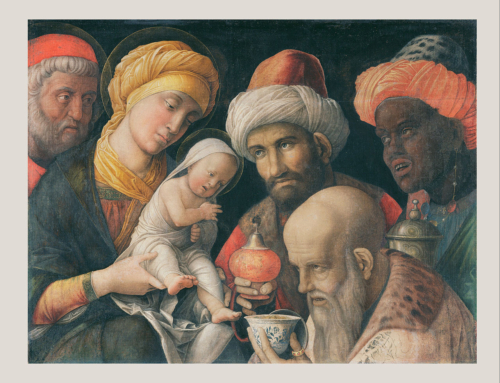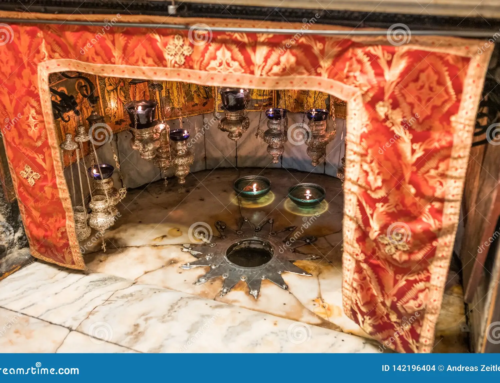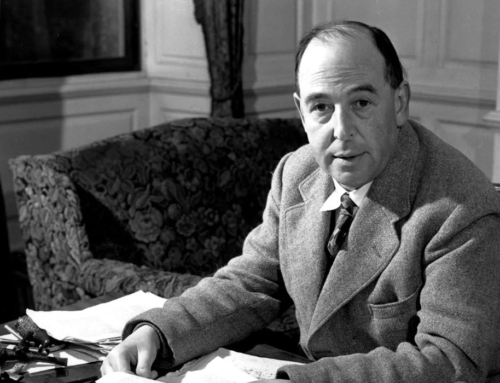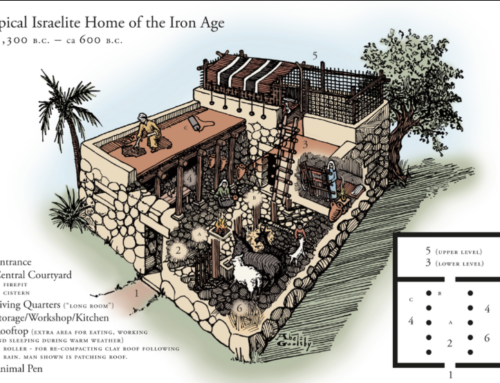A few weeks ago a report came out from the Archdiocese of Cincinnati about the new plan to “re-structure” the archdiocese. The short version is that “the restructuring process will combine the archdiocese’s 208 parishes into 60 “families of parishes…The goal, church officials say, is to eventually unite the 60 new parish families into single parishes.”
In other words a drastic reduction and contraction of the Catholic Church in southwestern Ohio. We should be prepared for other similar contractions in the major Catholic centers in Northern and Central USA. Why is this?
The reasons are many and complex. One is simply demographic shifts. For decades the populations have been draining from the big formerly industrial strongholds of the Northern and Central states. Folks are moving to the Sunbelt in the Southwest and the Bible Belt of the Southeast. Another major factor is the decline of cultural Catholicism. For the major part of the nineteenth century the waves of immigration brought boatloads of Catholic immigrants to these areas of the USA. They built their Catholic ethnic parishes with big Polish populations in Chicago, big Italian populations in New York and Philadelphia and the Irish in Boston. The bishops allowed the immigrants to build their ethnic parishes so even then it could be argued that there were too many Catholic Churches.
I was never a Catholic in Reading Pennsylvania where I grew up, but folks tell me there was an Irish parish, a Polish parish, an Italian parish, a Czech parish and more. This cultural Catholicism is dying out. Three generations on, the great grandchildren of the immigrants have been integrated. They’re American and the fact that their grandfather was Irish or Polish is, at most, an interesting part of their family history, and once they stopped being Italian or Irish or Polish and were happy to be just American they were also happy to leave behind their Catholic heritage. So if they retained any Catholicism at all it was on the level of their having retained grandma’s recipe for pierogies or grandpa’s love of cannelloni.
The deeper reasons for the decline of the Catholic religion in America has to do with the decline in the religion itself. Too often post-war American Christianity combined ignorance with affluent triumphalism. Folks were poorly catechized and rested complacently on the cultural Christianity they had inherited. As the church leaders tried to modernize in the 1960s they followed the trends of the time and opted for shallow sentimentalism, religion as entertainment and religion as therapy. All of these methods will ultimately fail because people are not dumb. They understand that you can get better entertainment and therapy elsewhere without all the God stuff–not to mention the stringent moral demands of Christianity.
Beneath all that are 500 years of philosophical and theological drift that I outline in Beheading Hydra. Put simply, the Christian faith has been undermined by the insidious philosophies of materialism and atheism in their various cultural manifestations.
The contractions in the Archdiocese of Cincinnati are just the beginning. Be prepared for wave after wave of parish consolidations, closure of schools, seminaries, parishes and whole dioceses.
Which brings me to my main point which is mission or maintenance? Too often we are merely concerned with maintenance. “How can we keep the show on the road?” Bishops are facing a manpower crisis and have to recruit priests from the developing world to maintain their diocesan parish infrastructure. Dioceses have been hit with massive lawsuit payouts over pedophile priests and this has been a financial body blow. Religious orders have experienced catastrophic losses and many of them will be defunct within the next few decades as the sisters and brothers die out. I could go on, but one only has to take a realistic look at the average of most worshippers in Catholic Churches to realize that the situation in the religious orders is only a prophecy of what is to come in the parishes themselves.
And yet… and yet…in the parish of Our Lady of the Rosary in Greenville, South Carolina the church is packed with young families. We’ve just built a beautiful new church and will soon need to build a new school. What is the difference?
First, it can’t be denied that we have been blessed as part of the demographic shift. Folks are moving from all over the country to South Carolina.
However, what they have found in our parish must also be considered. First of all, our people are full of enthusiasm for the faith–for the traditional Catholic faith. We do not celebrate the Traditional Latin Mass, but our Novus Ordo Mass is informed by the TLM. Our parish K4-12 school follows a classical Catholic curriculum. There is a strong prayer presence –which is growing with the foundation next year or a little community living in the parish dedicated to the ministry of prayer. There is also a strong outreach to the low income and homeless community in our area. Basically we are just being Catholic…not mimicking the Protestants or the secular leadership, but trying to live out a traditional Catholic faith in the modern world.
The question our church leaders need to ask is, “What is working? Where is the growth in the church? What do people respond to with joy and enthusiasm?” also, “What is not working? Where is the church dying? Why is it dying?”
I’m no statistician, but I have a hunch that when these questions are asked they will find that it is the more traditional parishes that are thriving. It is the more traditional religious orders that are full of young monks, nuns and brothers, and that the tired trendy religion of the 1960s and 70s is long past its sell by date. I realize my own bias influences my conclusions, but I’m not the only one recognizing what is happening.
To sum up, if maintenance is the main objective, then it will fail. The leaders will not be managing maintenance. They’ll be managing decline and eventual death. Why is that? To consider it in business terms, we have stopped delivering our main product. We have the Catholic faith, but we have watered it down with American Protestantism and the great modern antiChrist religion: Moralistic Therapeutic Deism. This is catastrophic. It’s like a steakhouse serving veggie burgers. No wonder folks are leaving.
The answer, instead is mission–not gimmicky evangelization techniques or hip hop masses to “attract the young” but families and parishes that are built first and foremost from the knees up–in other words–as communities of prayer and worship. From that authentic life of prayer a new wave of missionary effort could come forth. It is no mistake that the greatest waves of missionary effort were undertaken in the seventh-twelfth centuries by the Benedictine monks. They evangelized by going out and establishing centers of prayer, work and study. From their balanced lives of beauty and truth the world was converted.
This required a pilgrim spirit–the spirit of one setting out into the “wilderness of this world” thus the title of the book I am working on, The Way of the Wilderness Warrior
Am I recommending the Benedict Option? You bet. But I think it should be called the Benedict Mandate.







Leave A Comment
You must be logged in to post a comment.